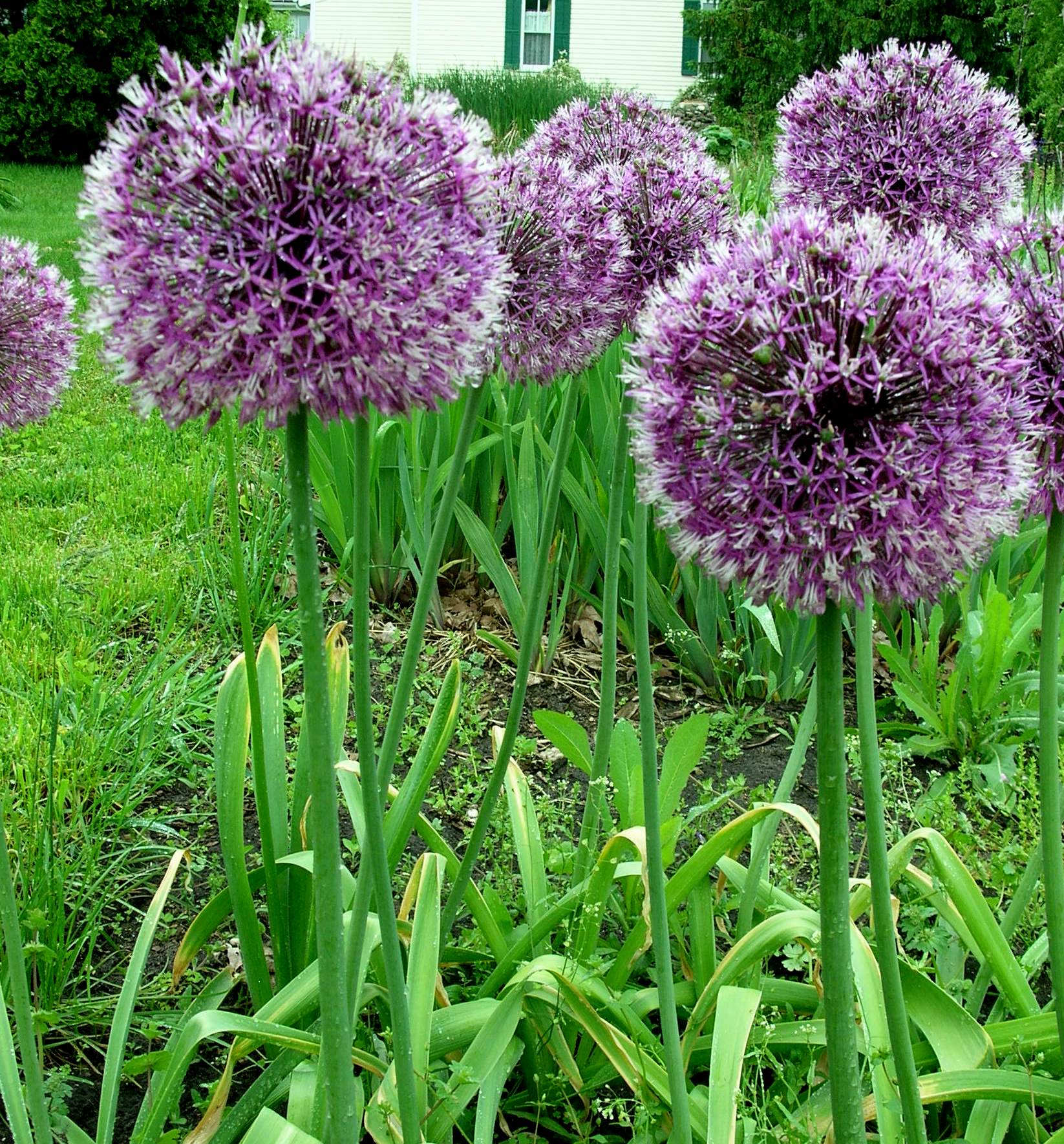Description
OUT OF STOCK
Note: This is a plant not currently for sale. This is an archive page preserved for informational use.
Decadent, huge purple balls in June
OUT OF STOCK
Note: This is a plant not currently for sale. This is an archive page preserved for informational use.
Decadent, huge purple balls in June
ARCHIVED
Note: This is a plant not currently for sale. This is an archive page preserved for informational use.
Short hedge-hog like clump with white flowers turning to bronzy spiked seedheads May-June. Best for rock, railroad or fairy gardens – anyplace for a miniature, clumping grass.
Size: 6” x 12”
Care: sun to light shade in moist soil
Native: wet places in Europe and western No. America
Collected before 1798 by Edmund Davall who botanized in Switzerland.
ARCHIVED
Note: This is a plant not currently for sale. This is an archive page preserved for informational use.
Small gentian flowers with golden eyes, spring into fall.
Can not ship to: New Hampshire
Size: 9-12” x 12”
Care: sun to part shade in moist soil
Native: temperate areas world wide
“Myosotis” is Greek meaning mouse ear for the leaf shape. Around 1390 Henry IV adopted soveigne vous de moy, Forget-me-not, as a symbol not to forget his reign. A German legend attributes the common name to a lover who, gathering the flower, cried out “forget-me-not” as he fell into the river and died. Alfred Lord Tennyson wrote: “The sweet forget-me-nots; That grow for happy lovers.” Persian poet Shiraz told another folk tale: an angel fell from heaven by falling in love with a “daughter of earth,”when they sat by a river twining Forget-me-not flowers in her hair. The angel was not allowed to return until the lovers planted Forget-me-nots in every corner of the earth, which they did, hand in hand. She then became immortal “without tasting the bitterness of death” and joined the angel in Paradise.
ARCHIVED
Note: This is a plant not currently for sale. This is an archive page preserved for informational use.
Exotic, large blossoms with an outer ruffle of petals and sepals; an inner disc of concentric rings of blue, white and purple filaments; and a central “antenna.” From mid-summer through fall.
Size: 15’ x 4’
Care: sun in well-drained soil
Native: So. America
Wildlife Value: Host for several butterfly caterpillars
Awards: Royal Horticultural Society Award of Merit
Since at least 1753
ARCHIVED
Note: This is a plant not currently for sale. This is an archive page preserved for informational use.
Cobalt blue flower clusters with contrasting, showy red stems and calyces in late summer and fall. Foliage turns crimson in fall – excellent groundcover. One of the most award winning plants.
Size: 9-12” x 18”
Care: Sun to part shade in moist well-drained soil
Native: China
Awards: Five (5) of them! Georgia Gold Medal 2006, Elisabeth Carey Miller Botanical Garden Great Plant Picks, Missouri Botanical Garden Plant of Merit, Royal Horticultural Society Award of Garden Merit, Oklahoma Proven
Plumbago is Latin meaning “lead” derived from use of the plant to treat lead poisoning. First collected by Russian botanist Alexander von Bunge in 1830 in Mongolia, then introduced by Robert Fortune who found it growing in Shanghi in 1846. “Bear a profusion of brilliant cobalt blue flowers (when) the leaves take on a distinct reddish tinge.” H.H. Thomas 1915.

